
- •Look through the text and answer the following question:
- •Why are wind speed and direction very important for flight?
- •Look at the table and check if you are right.
- •L ook through the 3 characteristics of a rw and cross the odd out.
- •Answer the following questions using your own experience:
- •Look at the table and check if you are right.
- •R ead the text and answer the following questions. You can use your own experience.
- •Do the lightning quiz, choosing the correct answers. Then check your answers with the teacher.
Look through the text and answer the following question:
Why are wind speed and direction very important for flight?
WIND IN AVIATION A |
|
Look at the table and check if you are right.
|
Take off |
Landing |
At flight level |
Cross wind (12-15 mps) |
An aircraft loses speed, can drift and cannot get on the RW; lifting power reduces and it might cause crash of the aircraft. |
It can cause a deviation from the route. |
|
Tail wind (more than 5 mps) |
It is very dangerous; ground speed increases and the length of the RW might be not enough; (it depends on the RW length) the aircraft might roll off the RW. |
It is good because speed increases, the aircraft saves fuel and it can get the destination quicker. |
|
Head wind ( 25 – 30 mps) |
It is good because at landing ground speed reduces and the aircraft can stop quicker. At taking off lifting power increases and the aircraft can take off quicker. |
It is not good; fuel consumption increases because the aircraft has to resist the wind. The aircraft might be low on fuel. |
|
_________________________________ _________________________________ _________________________________ _________________________________ _________________________________ |
|
|
WINDSHEAR Windshear is a sudden and unexpected change in wind speed and direction. Windshear itself is a meteorological phenomenon occurring over a very small distance, but it can be associated with line squalls and cold fronts. |
Windshear influences greatly aircraft take-offs and landings due to its effects on steering of the aircraft. Low level windshear can affect aircraft airspeed during take off and landing in dangerous ways. |
|
What is more, the additional hazard of turbulence is often associated with windshear.
W
As the result of the accidents in the 1970s and 1980s, in 1988 the U.S. Federal Aviation Administration mandated that all commercial aircraft had to be equipped with on-board windshear detection systems. Since 1995, the number of major civil aircraft accidents caused by windshear has dropped to approximately one every ten years. |
1. To what extent is windshear dangerous for aviation? 2. At what stages of flight does windshear affect an aircraft most? 3. What are possible results of windshear? 4. What measures are taken to reduce windshear influence in aviation?
|

|
Visibility is often reduced by air pollution and high humidity. Various weather stations report these phenomena as haze or mist. Fog and smoke can reduce visibility to near zero, making flights extremely dangerous. Heavy rain causes not only low visibility, but the inability to brake quickly. The international definition of fog is visibility of less than 1 km; mist is visibility of between 1 and 2 km and haze from 2 to 5 km. Visibility of less than 100 meters or 1/16th of a mile is usually reported as zero. Under these conditions, airports might be closed. If visibility or ceiling is below minima a controller doesn’t clear a pilot to descend from transition level and gives instructions to go around. A captain sometimes decides to divert to the alternate. |
VISIBILITY In meteorology, visibility is the distance at which an object or light can be clearly seen. It is important for all forms of traffic, especially for aviation. |
|
|
5. Read the text and answer the following questions. You can use your own experience.
|
RW CONDITION
T
|

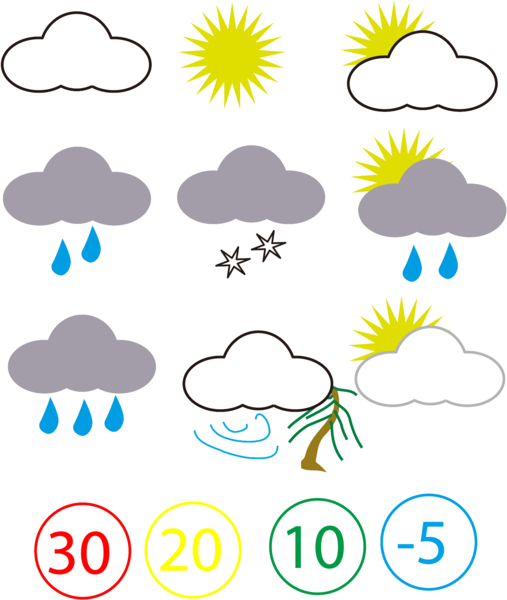 pilot needs to know wind direction and speed as wind might affect
flight negatively. En route the headwind may delay the arrival of
flights and is to be avoided if possible. The tailwind can be of a
great advantage as it increases the ground speed and results in
reduction of fuel consumption. As for the cross wind it is
extremely dangerous for an aircraft, especially on landing. An
aircraft loses speed and might not get on the RW. What is more,
it can cause a crash of the aircraft. Winds vary with altitude and
also from one place to another, so information about wind is very
important.
pilot needs to know wind direction and speed as wind might affect
flight negatively. En route the headwind may delay the arrival of
flights and is to be avoided if possible. The tailwind can be of a
great advantage as it increases the ground speed and results in
reduction of fuel consumption. As for the cross wind it is
extremely dangerous for an aircraft, especially on landing. An
aircraft loses speed and might not get on the RW. What is more,
it can cause a crash of the aircraft. Winds vary with altitude and
also from one place to another, so information about wind is very
important.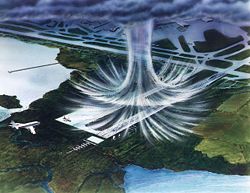
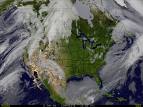 indshear
is also a danger for an aircraft making steep turns near the
ground. The different airspeed experienced by each wing tip can
result in an aerodynamic stall on one wing, causing a loss of
control.
indshear
is also a danger for an aircraft making steep turns near the
ground. The different airspeed experienced by each wing tip can
result in an aerodynamic stall on one wing, causing a loss of
control.
 hat
weather phenomena influence visibility?
hat
weather phenomena influence visibility?
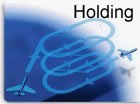
 hat
weather phenomena can influence RW condition?
hat
weather phenomena can influence RW condition?
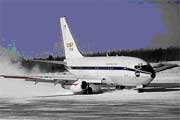 here
are some hazardous weather phenomena which can seriously affect RW
condition. They are heavy precipitation, such as snow, rain and
freezing rain and sleet, changeable temperature, ice, etc. Ice and
snow can make braking and taxing difficult or impossible if severe
enough. Freezing rain might cause icing of an aircraft and RW
surface. It reduces braking action and might be the reason for
sliding off the RW or undercarriage problem which can lead to a
serious incident or accident.
here
are some hazardous weather phenomena which can seriously affect RW
condition. They are heavy precipitation, such as snow, rain and
freezing rain and sleet, changeable temperature, ice, etc. Ice and
snow can make braking and taxing difficult or impossible if severe
enough. Freezing rain might cause icing of an aircraft and RW
surface. It reduces braking action and might be the reason for
sliding off the RW or undercarriage problem which can lead to a
serious incident or accident.